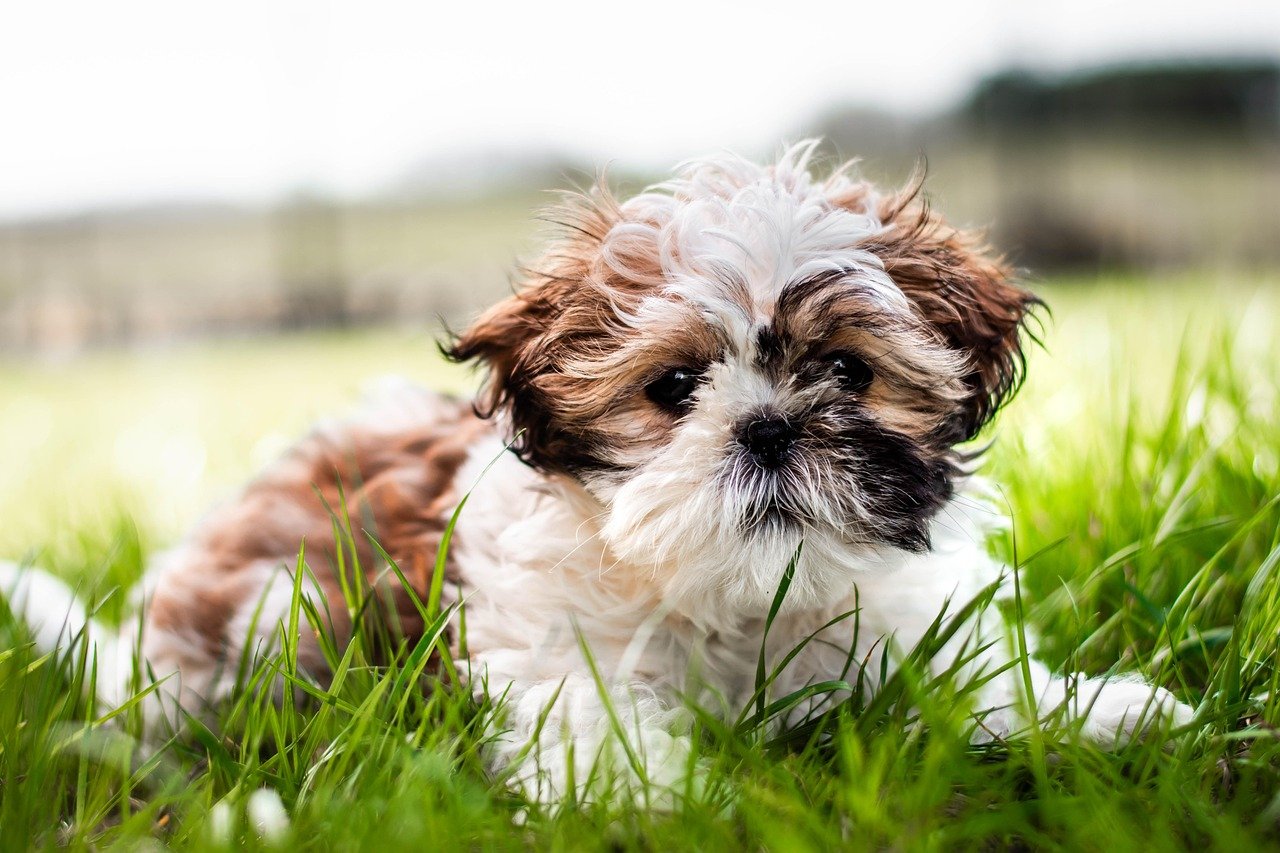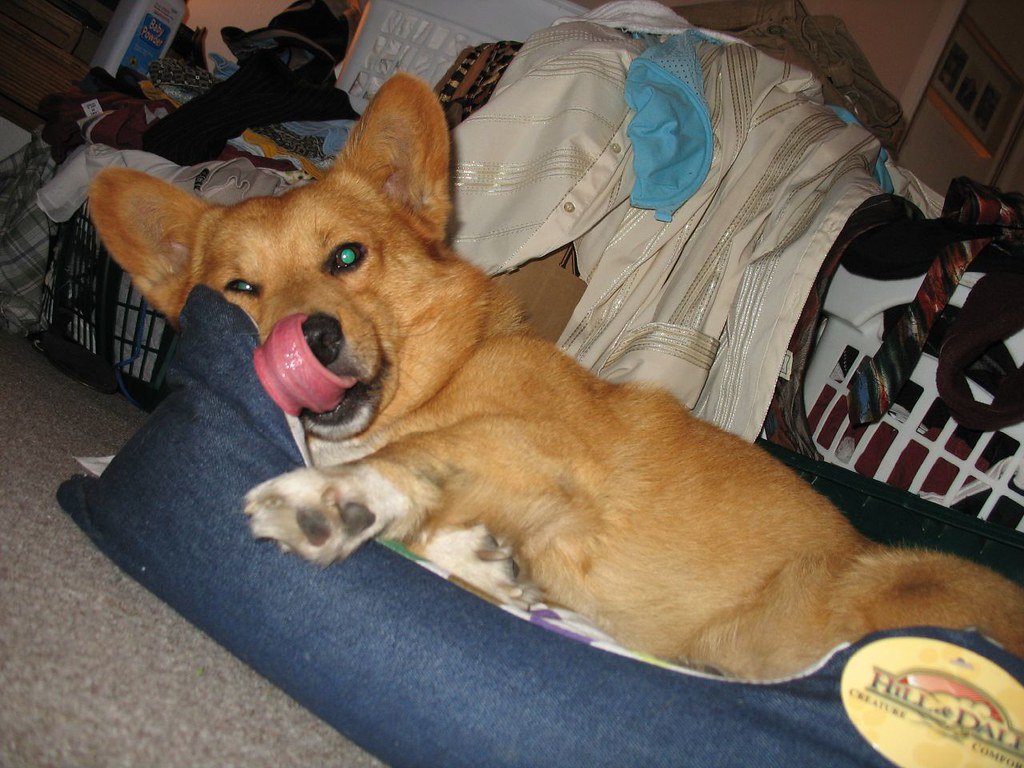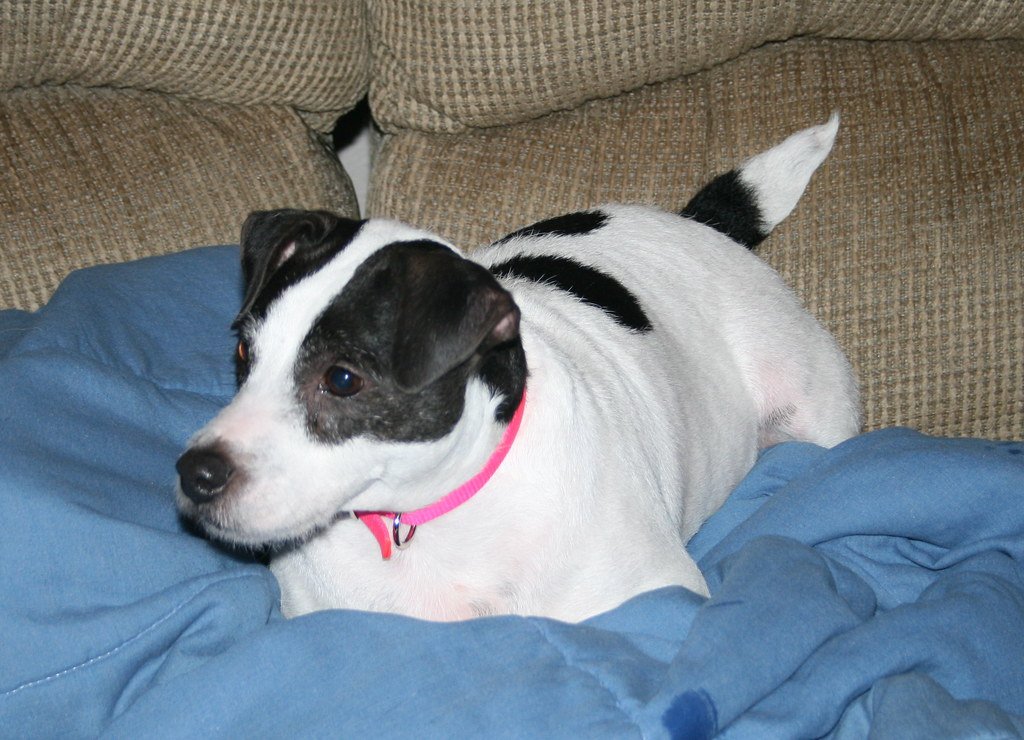Ever watched your little dog’s eyes dart around a crowded park, or seen them shiver at the sound of a passing truck? For small pets, the world is huge, loud, and sometimes downright overwhelming. It’s a bit like being a child in a room full of towering adults—exciting, but nerve-racking too. As someone who’s spent years comforting trembling pups and coaxing shy tails from under beds, I can promise: helping your small dog feel safe isn’t just possible—it’s one of the most rewarding things you’ll ever do.
Understanding Your Small Pet’s Perspective

Imagine facing a world where nearly everything is bigger than you, from the sofa to the neighbor’s golden retriever. Small pets often feel vulnerable, which can make new environments or bustling places feel scary. Recognizing their point of view is the first step to helping them feel secure.
Their behavior cues—like flattened ears, tucked tails, or wide eyes—are calls for comfort. When you notice these signs, it’s your pet telling you, “This is a lot for me!” Meeting them where they are emotionally is key to building trust.
Building a Safe Space at Home

Every small dog needs a sanctuary—a cozy bed, a crate, or even a favorite blanket in a quiet corner. Make this spot off-limits to loud noises and sudden activity. Think of it as their “safe zone,” a place to retreat when the world feels too much.
Consistency is comforting. Keep their safe space in the same spot, and fill it with familiar toys, soft bedding, and even a piece of your clothing. Your scent can work wonders to calm their nerves and remind them they’re not alone.
Gentle Introductions to New Experiences

Introducing small pets to new sounds, faces, or places should be a slow, patient process. Rushing them can create lasting fears. Start with short, calm exposures and plenty of praise for brave behavior.
Real-life example: If your pup is nervous about meeting new people, invite friends over one at a time. Let your dog approach at their own pace, armed with treats and encouragement. Celebrate small victories, like a sniff or a tail wag.
Managing Encounters with Bigger Dogs
Meeting large dogs can be intimidating for little ones. Watch for stress signals—stiff posture, hiding behind you, or freezing—and intervene early. Never force small pets into interactions they’re not ready for.
Arrange playdates with doggy friends you trust. Supervise closely, and teach your small dog an “escape” cue, like coming to your side, so they know you’ve got their back. It’s all about building confidence one paw at a time.
Reading Body Language and Calming Signs

Small dogs often “talk” with their bodies. Lip licking, yawning, or turning away are their subtle ways of saying they’re uneasy. Learning these cues helps you step in before fear grows.
Respond to their signals with gentle reassurance—a soothing voice, soft petting, or simply removing them from the stressful situation. Respecting their boundaries teaches them you’re a safe haven, not another source of overwhelm.
Preventing Overstimulation
Big crowds, loud noises, or chaotic environments can be too much for tiny pets. Limit exposure to overwhelming places, and always have an exit plan. If a situation seems too intense, it probably is.
Carry a bag or sling for your dog when venturing into busy areas. It gives them a bird’s-eye view with the comfort of your heartbeat nearby. Sometimes, just being close to you makes the world feel a whole lot smaller.
Health and Safety Considerations

Stress doesn’t just affect mood—it can impact your pet’s health. Look for changes in eating, sleeping, or bathroom habits as signs of stress or illness. If your dog is hiding more than usual or seems withdrawn, a vet check may be in order.
Prevention is always better than cure. Keep up with vaccinations, parasite prevention, and regular wellness checks. A healthy pet is a resilient pet, ready to take on the world with you by their side.
Celebrating Small Victories and Building Confidence
Every time your little dog faces a fear and comes out wagging, celebrate it! Confidence grows with each positive experience. A simple “good job” and a favorite treat can turn a scary moment into a triumph.
Be patient—progress sometimes comes in inches, not miles. Over time, you’ll see your small pet stand a little taller, explore a little further, and greet the world with a braver, happier heart.
Jen is a passionate nature lover and ocean conservationist. She has dedicated her life to protecting the environment and preserving the beauty of the natural world. Growing up in a small coastal town, Jen sincerely appreciated the ocean and its inhabitants. She has spent countless hours exploring the shoreline, learning about the creatures that inhabit the waters, and advocating for their protection. Jen is an active member of ocean conservation organizations, and she is committed to educating the public about the importance of conserving wildlife and the natural environment.





